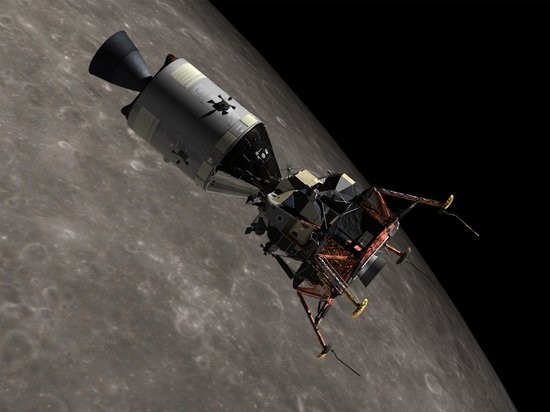On the heels of its recently successful lunar mission, China announced on Monday that it will launch its next lunar probe, the Chang’e-5, in the year 2017.
The purpose of the Chang’e-5 lunar mission will be to obtain lunar soil and rock samples and return them to Earth for analysis.
According to Wu Zhijian, spokesman for the State Administration of Science, Technology and Industry, the Chang’e-5 mission “will be a difficult task” requiring scientists to master the skills needed to find, dig, collect and package samples, and the technology to successfully allow the probe to take off from the moon and return to Earth. Wu said, however, that “development of the Chang’e-5 is proceeding smoothly.”
Over the weekend, China’s Chang’e-3 probe successfully landed on the moon. This was China’s first lunar landing and the first soft lunar landing in 37 years. China is now only the third country after Russia and the United States to have landed a probe on the moon.
Wu described the Chang’e-3 probe as the completion of China’s second phase of lunar exploration which focused on orbiting and landing on the moon. The Chang’e-3 probe includes a landing vehicle and the lunar rover “Jade Rabbit.”
Color images from the landing vehicle and the rover were transmitted back to China on Sunday. The images were taken by cameras located separately on the landing vehicle and the lunar rover. More images from the two are expected later this week.
Chang’e-3 landed on a section of a relatively flat part of the moon known as the Bay of Rainbows or Sinus Iridium. The landing vehicle and rover are expected to carry out scientific tests and lunar landscape exploration for about a year.
Both President Xi Jinping and Premier Li Keqiang were on hand as Ma Xingrui, chief commander of China’s lunar program, announced Chang’e-3’s successful deployment to the moon’s surface.
The Chang’e-4, which would have been used if the Chang’e-3 could complete its mission, will now be adapted and improved and used as a model for the Chang’e-5.






















